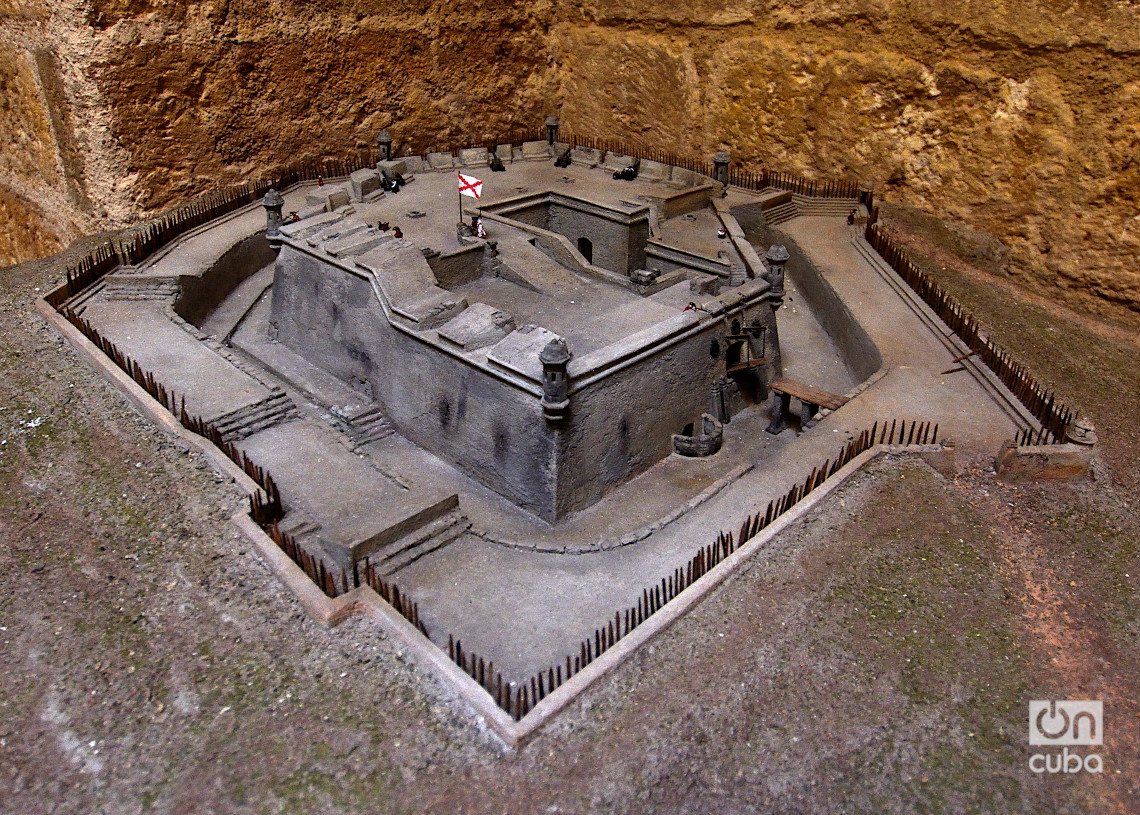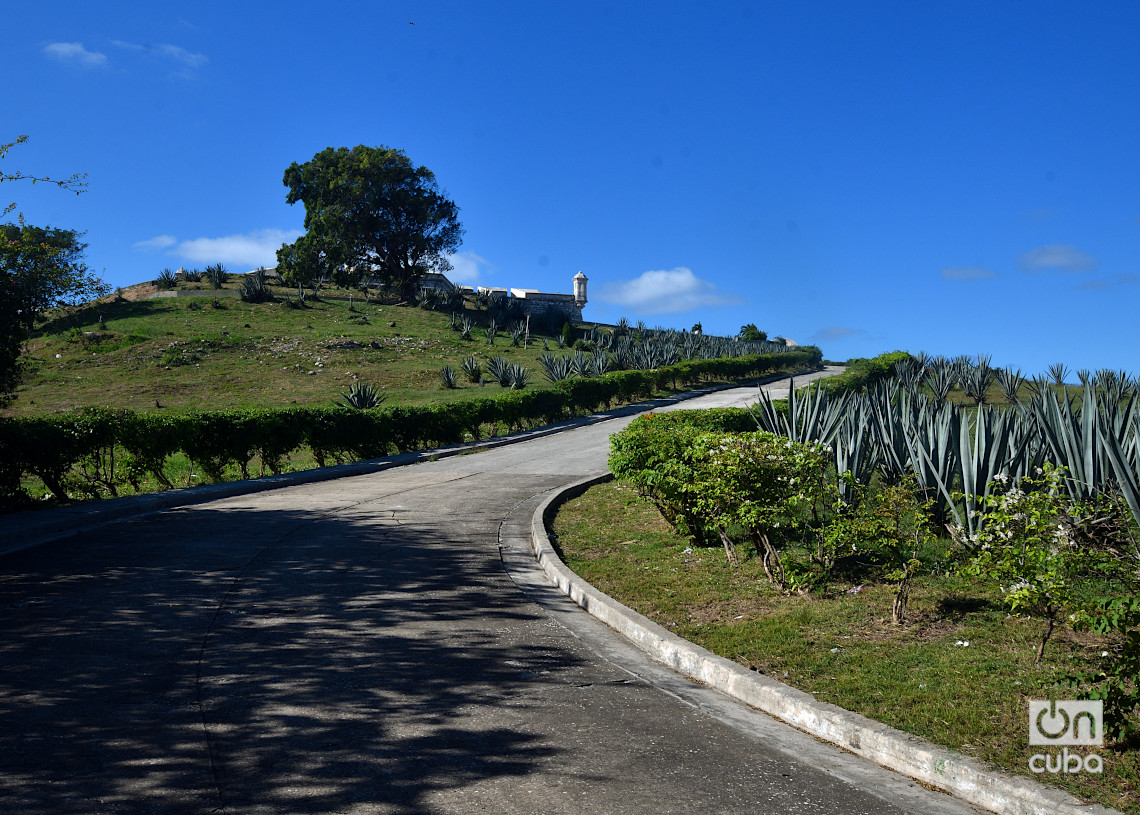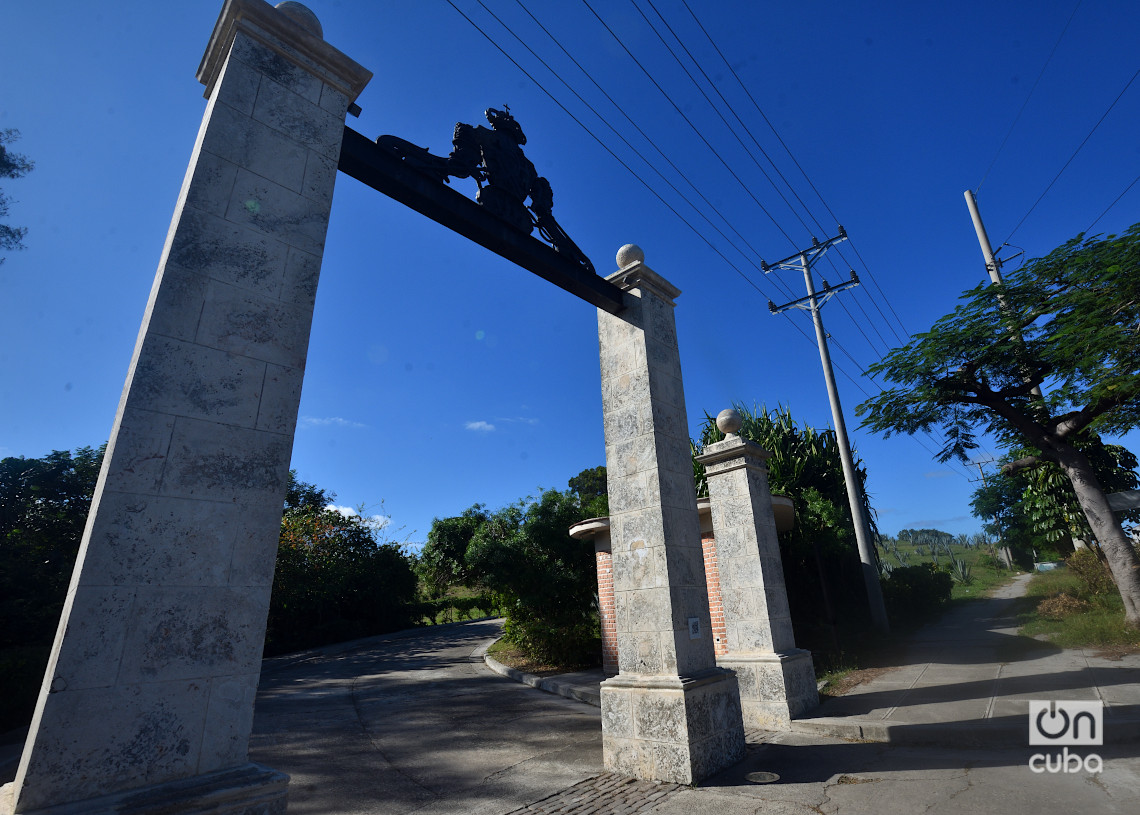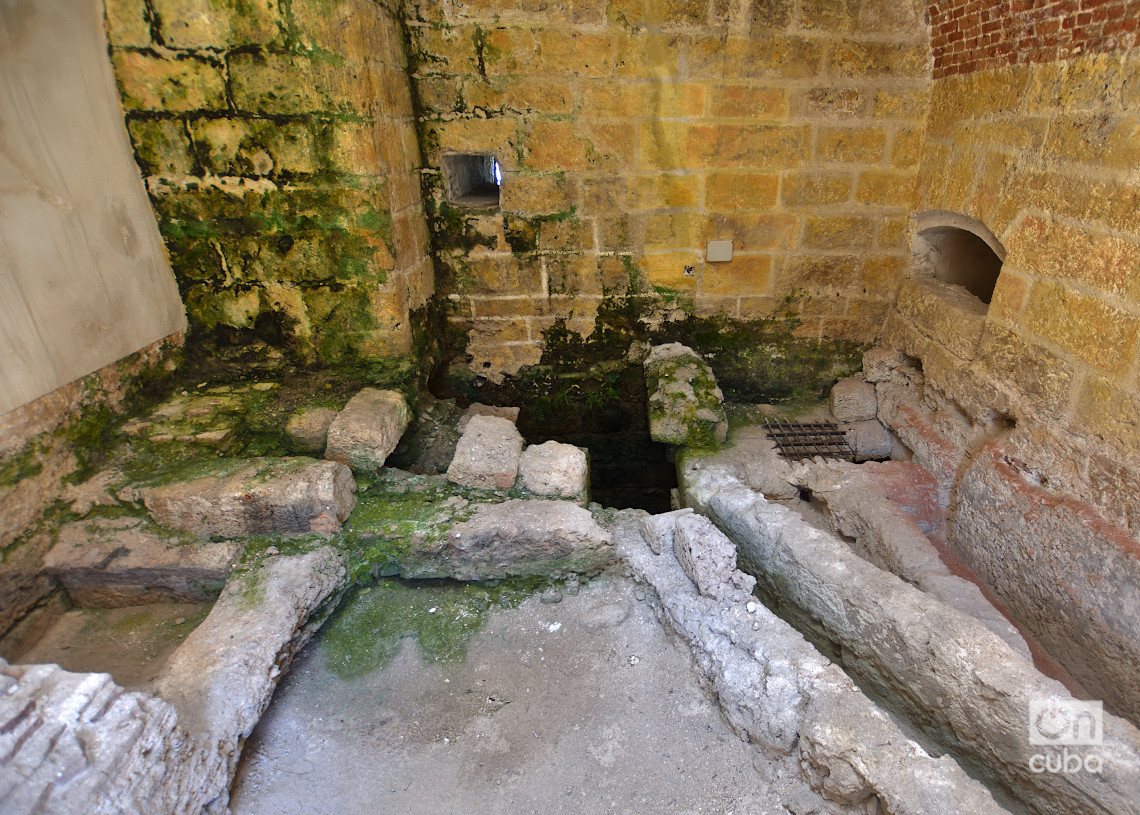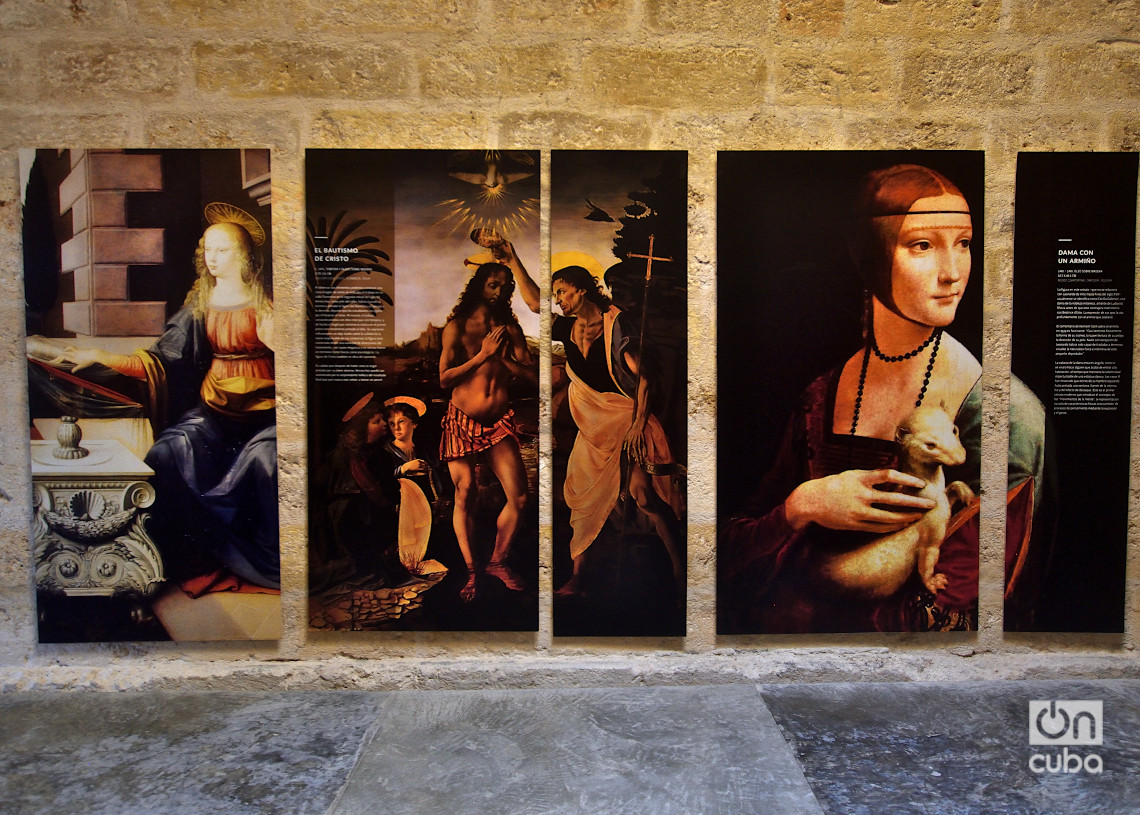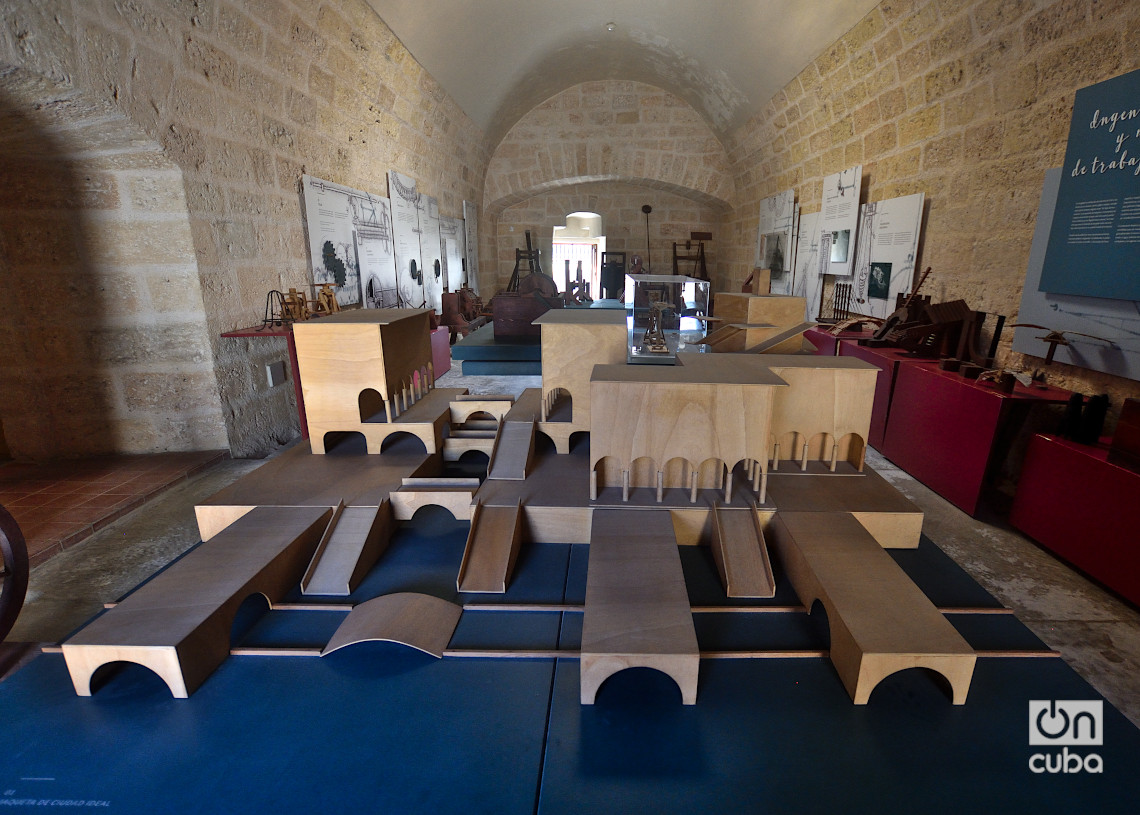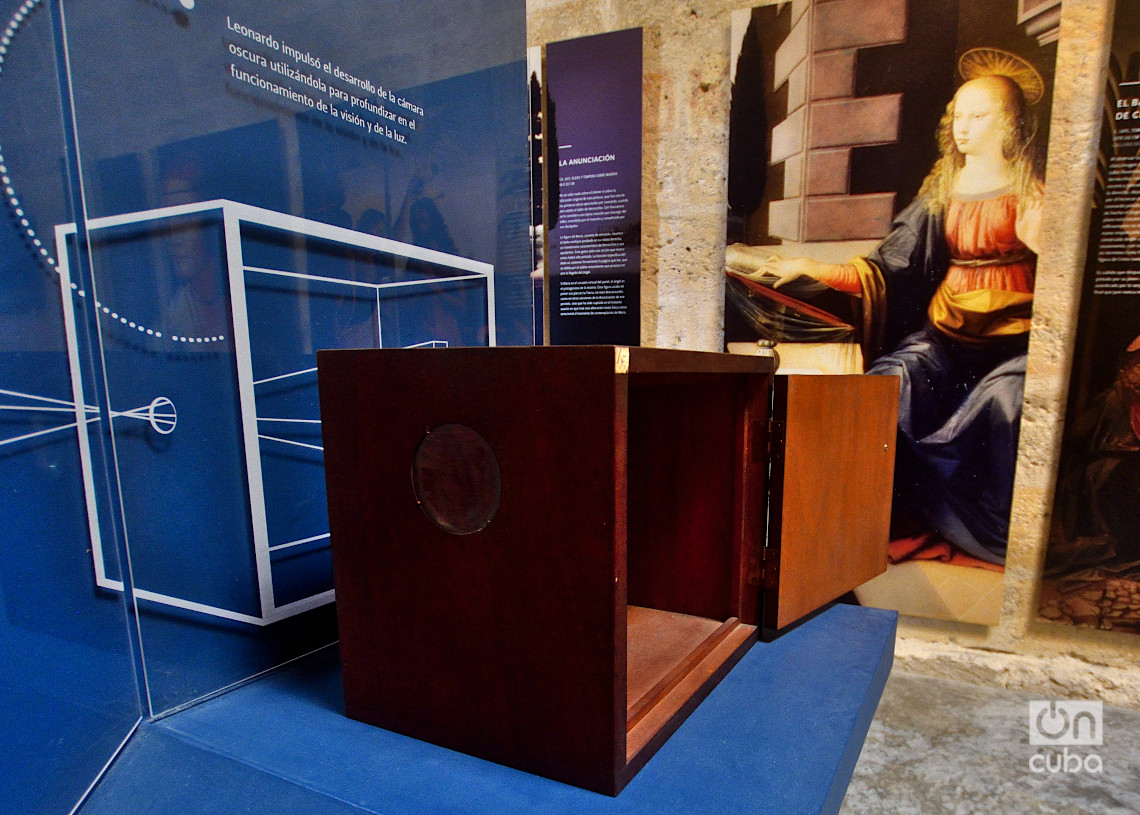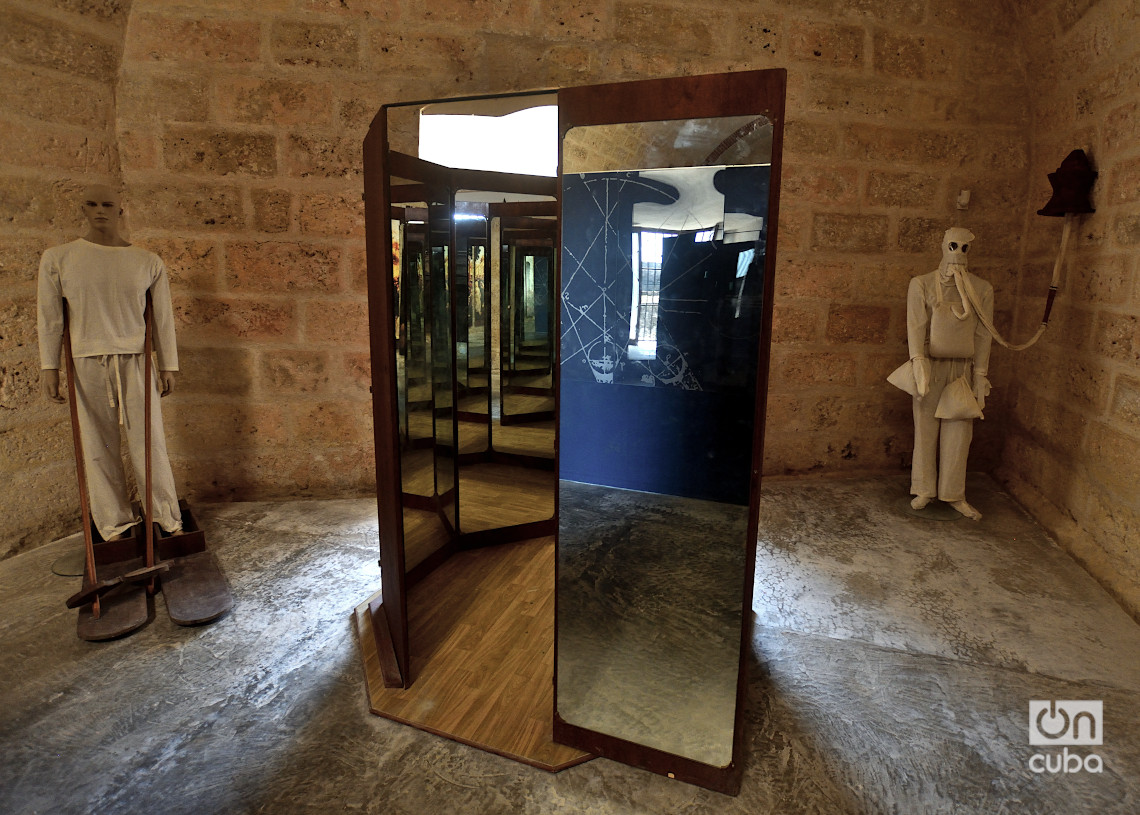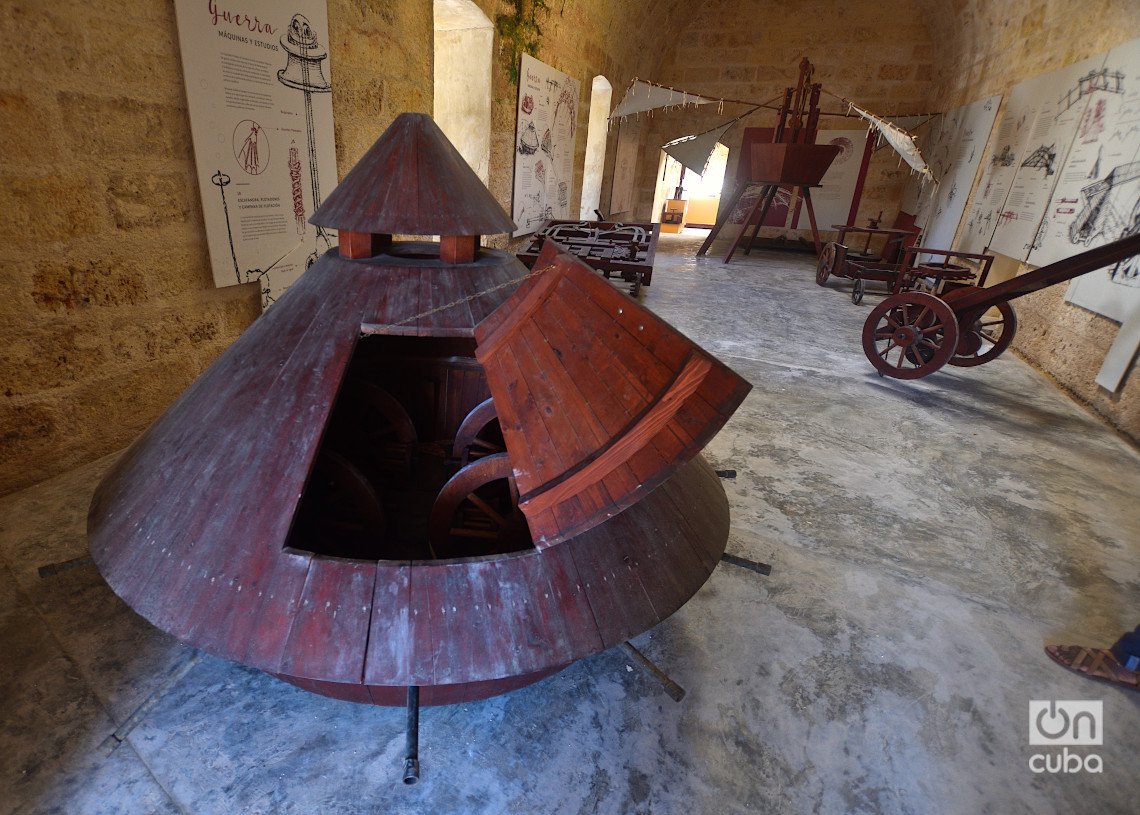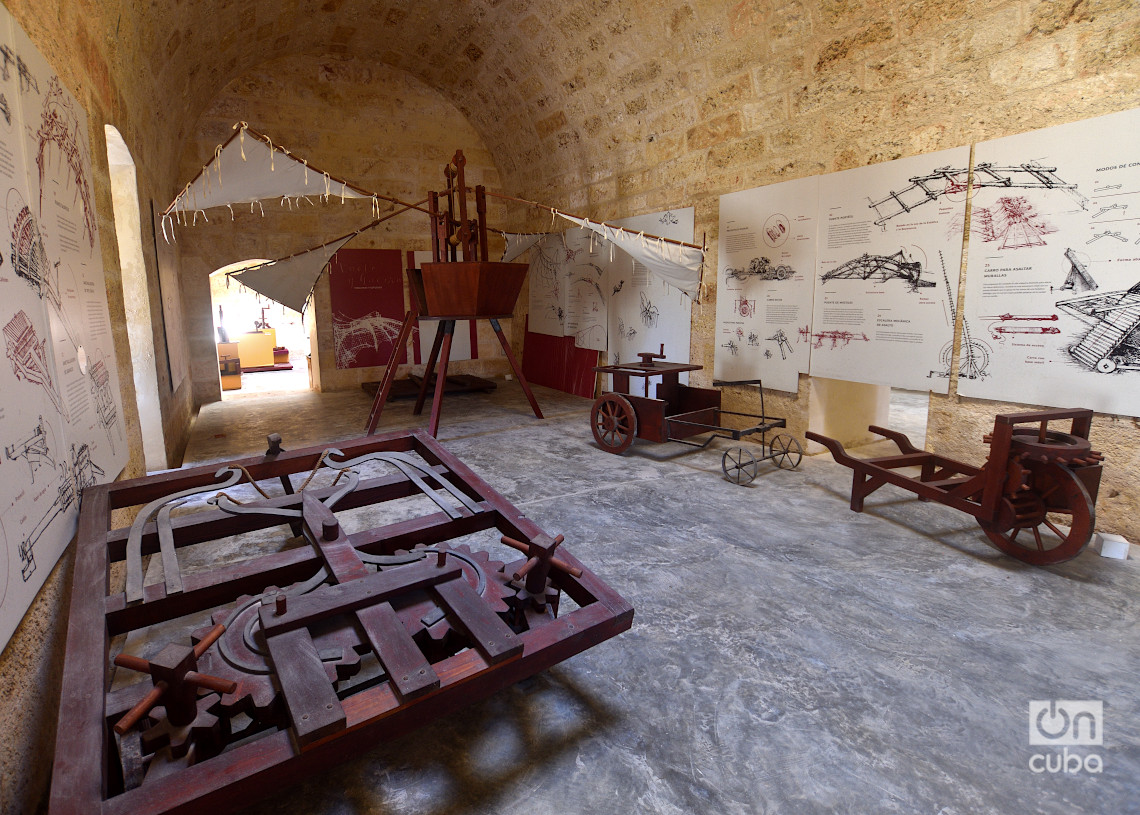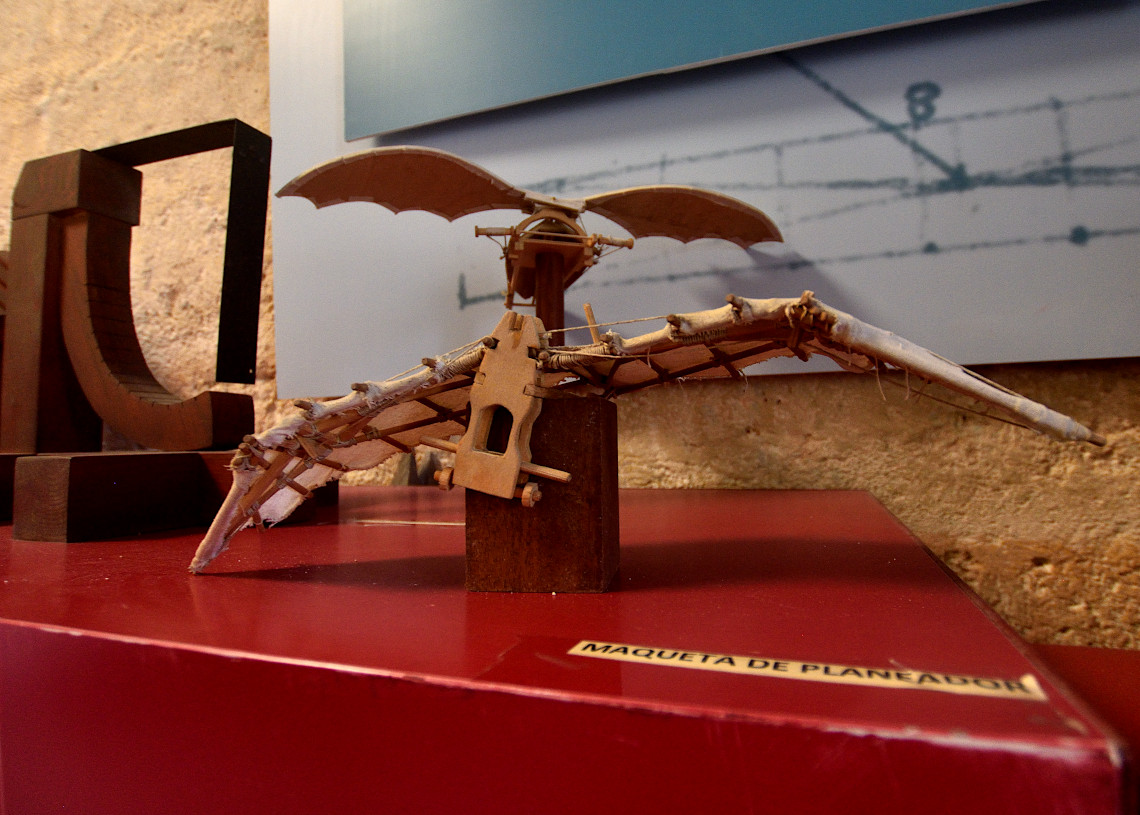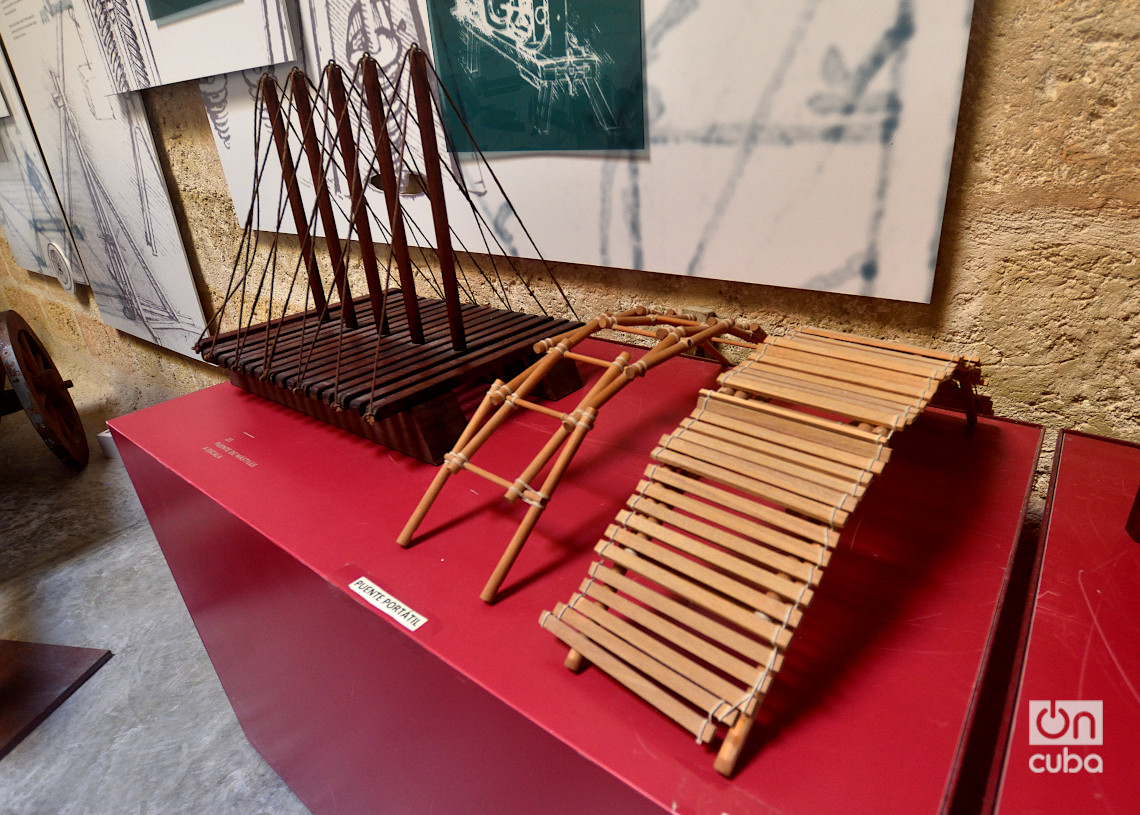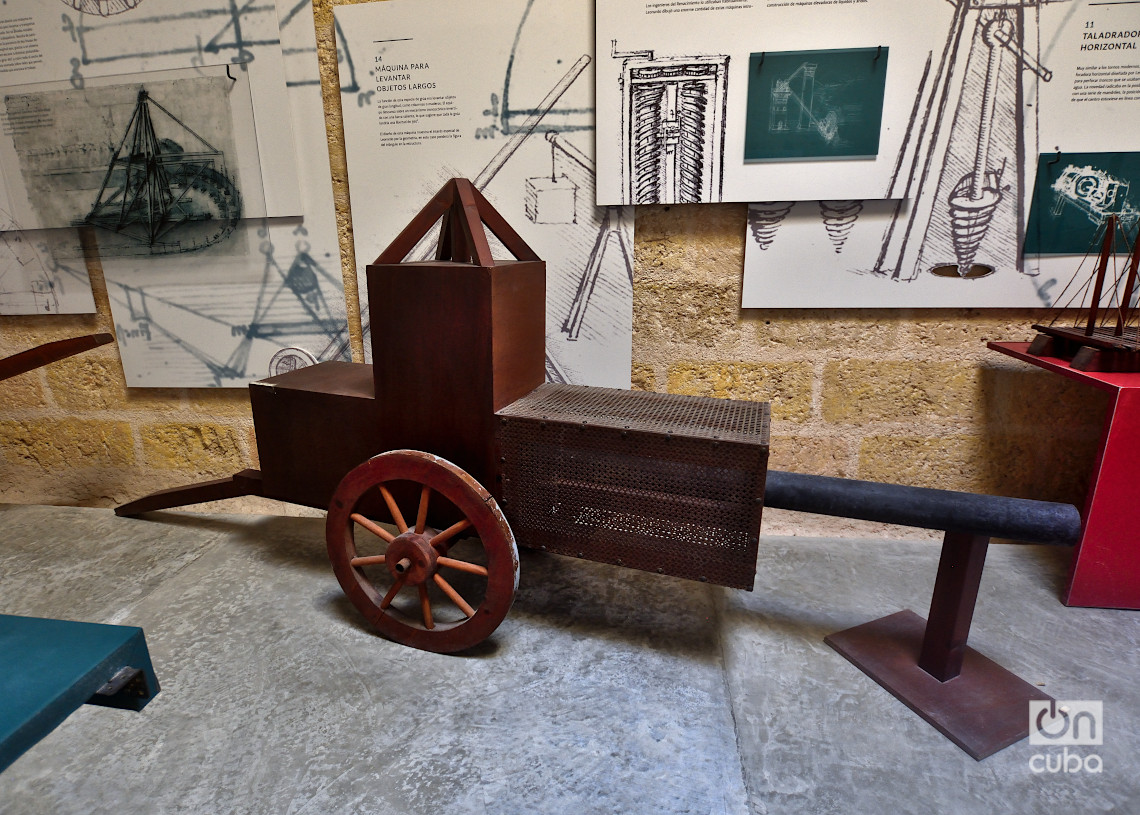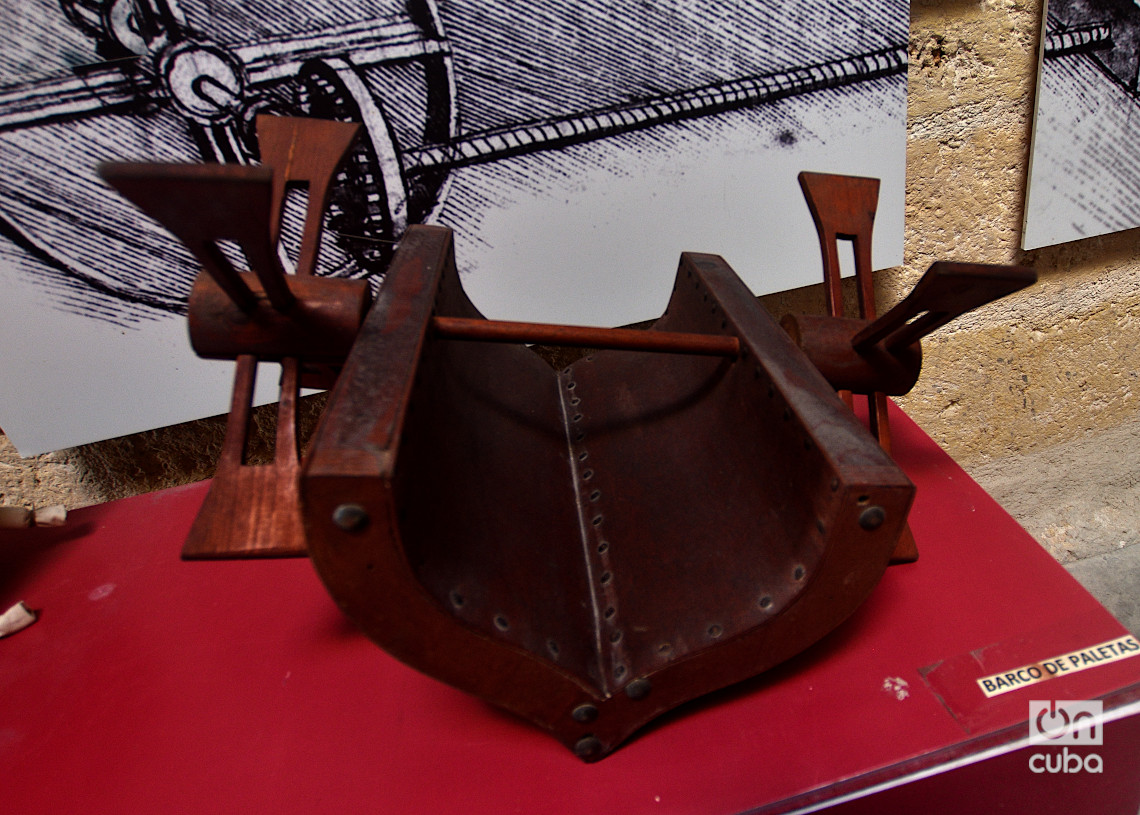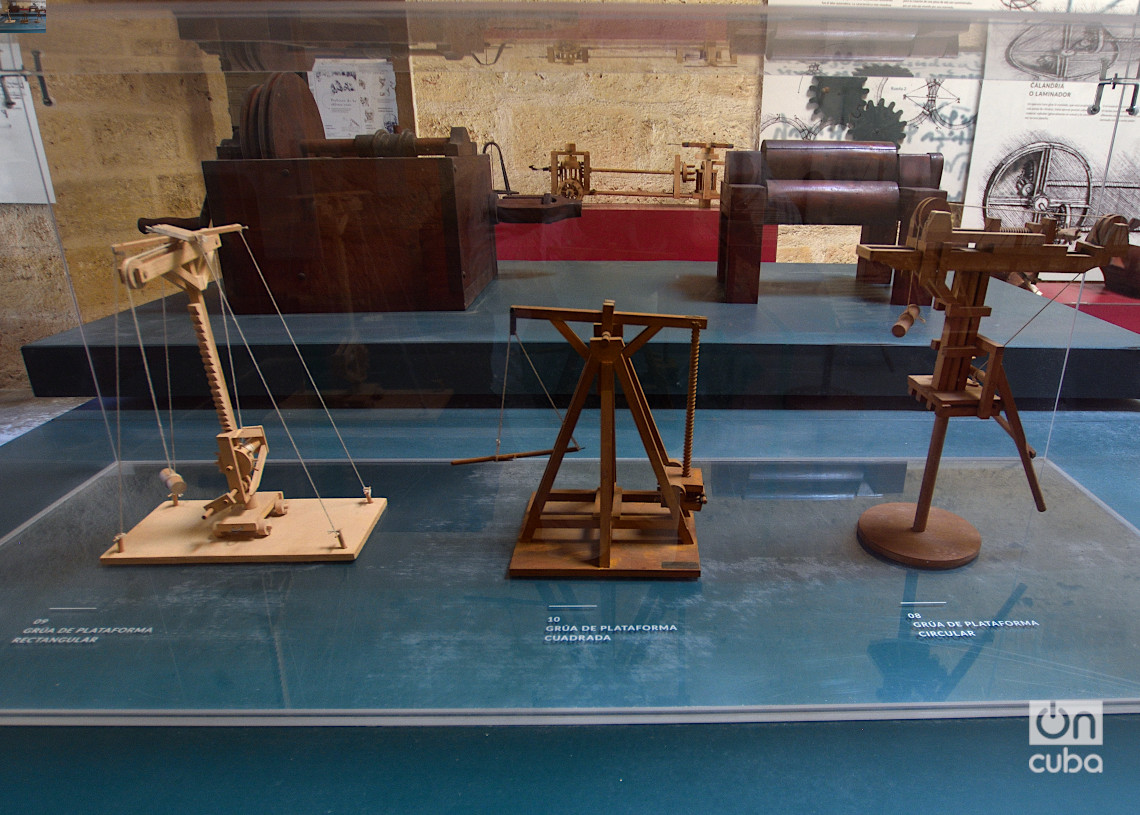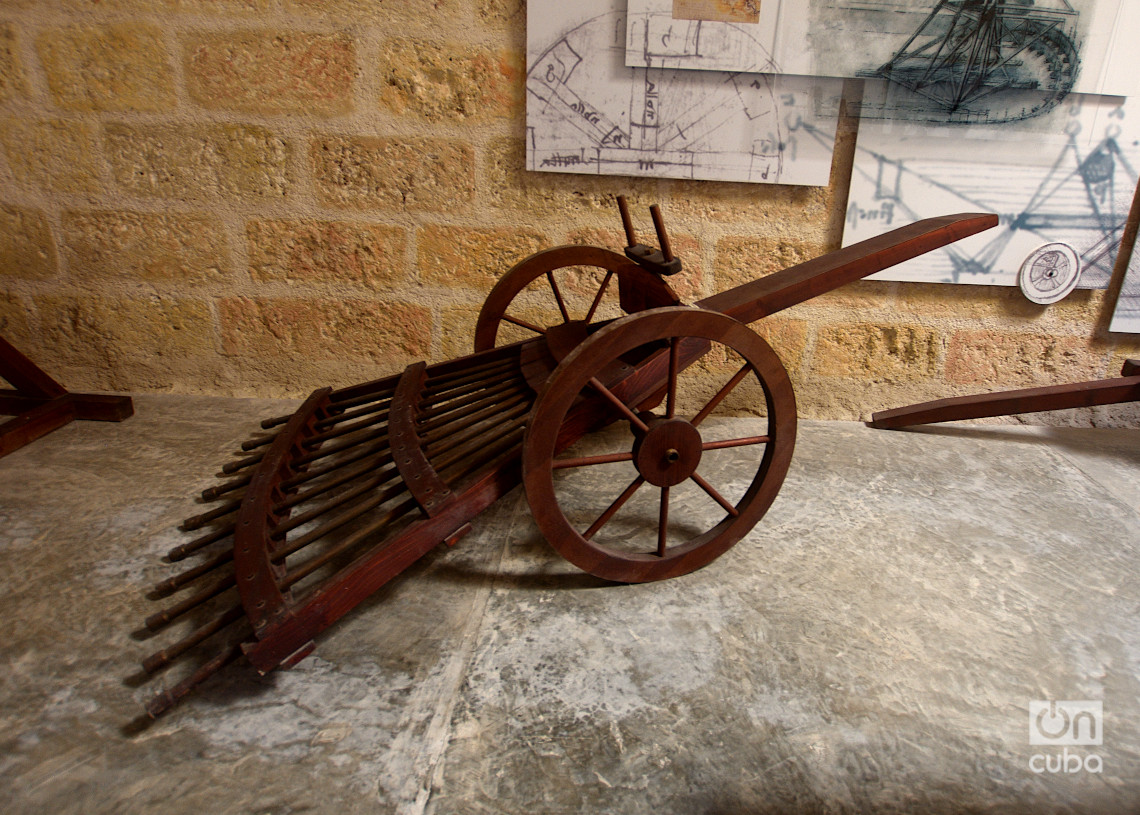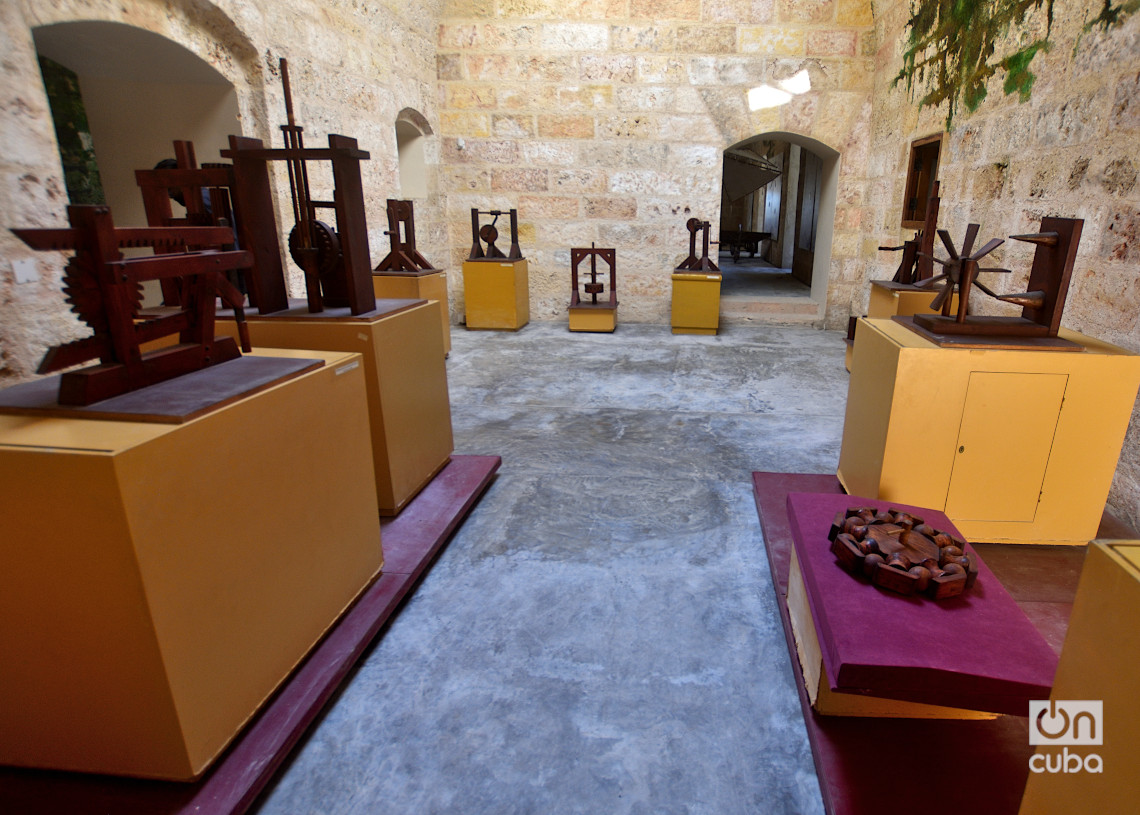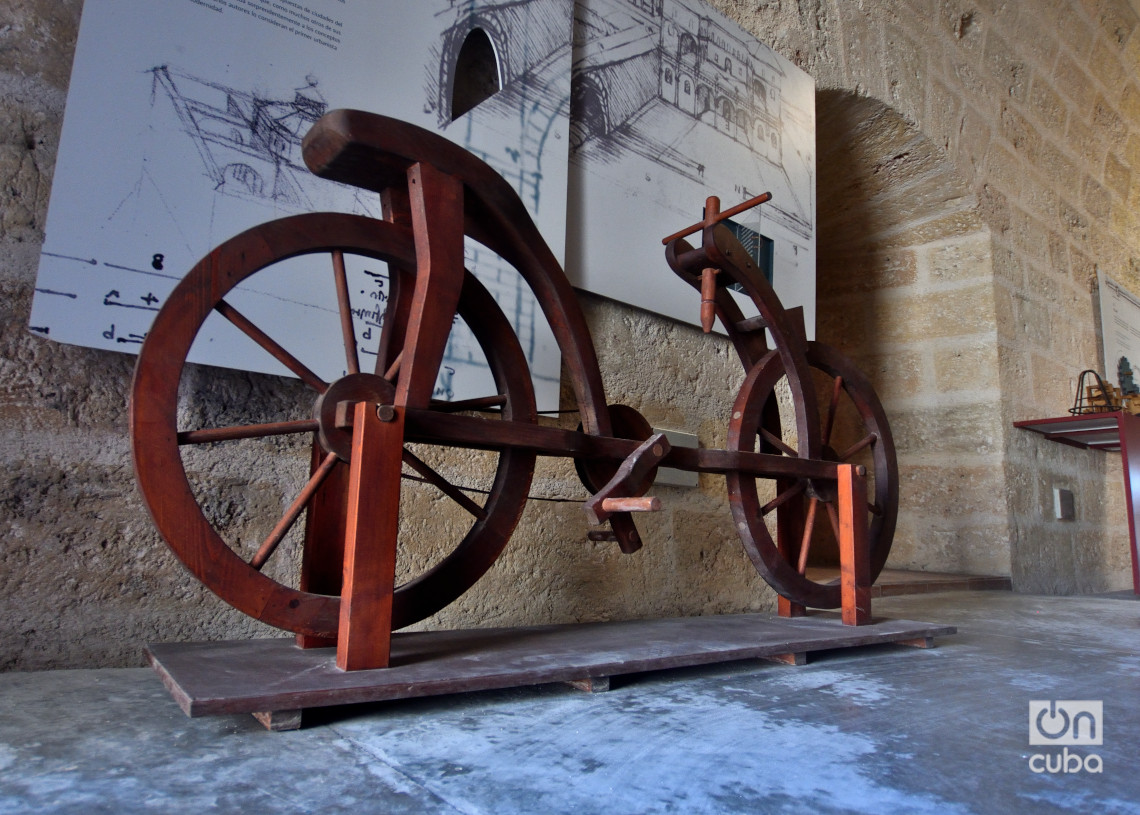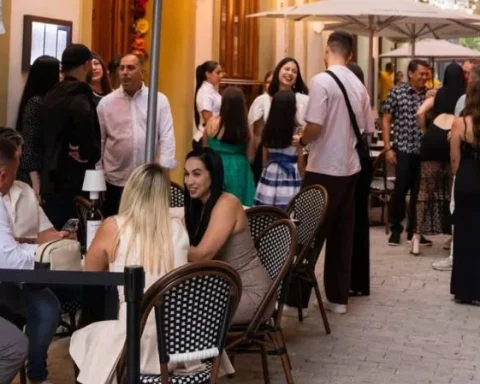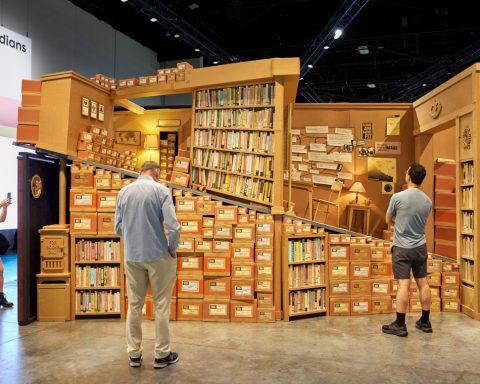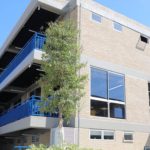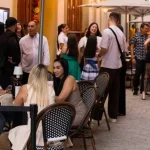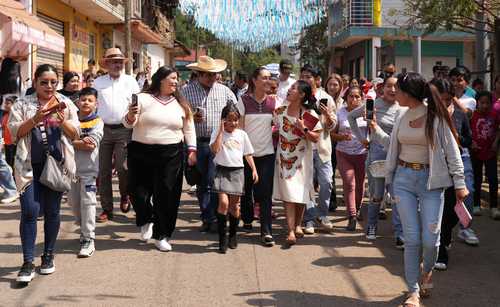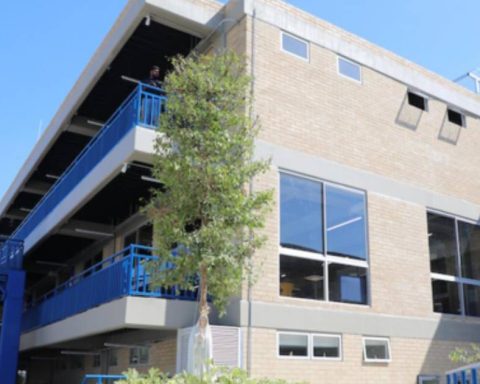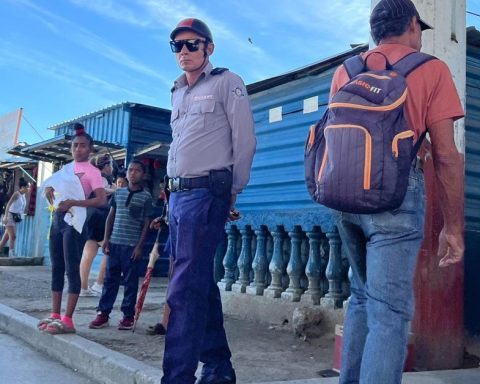In the vicinity of the bay of Havanaand particularly from the Ensenada de Atarés, the castle rises of the same name. After more than two centuries of military use, the building was rehabilitated just a few years ago to become a museum.
Although less famous than other strengths built by the Spaniards for the defense of the Cuban capital – such as the cabin, the force or the nose -, Atarés is a paradigmatic piece of that defensive system, an example of the military architecture of its era accrued in important patrimonial site of the city.
Concluded in 1767, after the recovery of Havana for Spain after eleven months of British dominance, the castle of Santo Domingo de Atarés owes its name to the Condes de Atarés. Some sources point out that these were the parents of the then governor of Cuba, while others point out that they were the in -laws of the king’s engineer, Agustín Crame, who honored them in that way.
According to the documents of the time, its construction was directed by the Silvestre engineer covered and had the intervention of Crame, of Belgian origin. It was built following the constructive patterns of the eighteenth century, with an irregular hexagon plant, without bastions and with hexagonal checkpoints at its vertices.
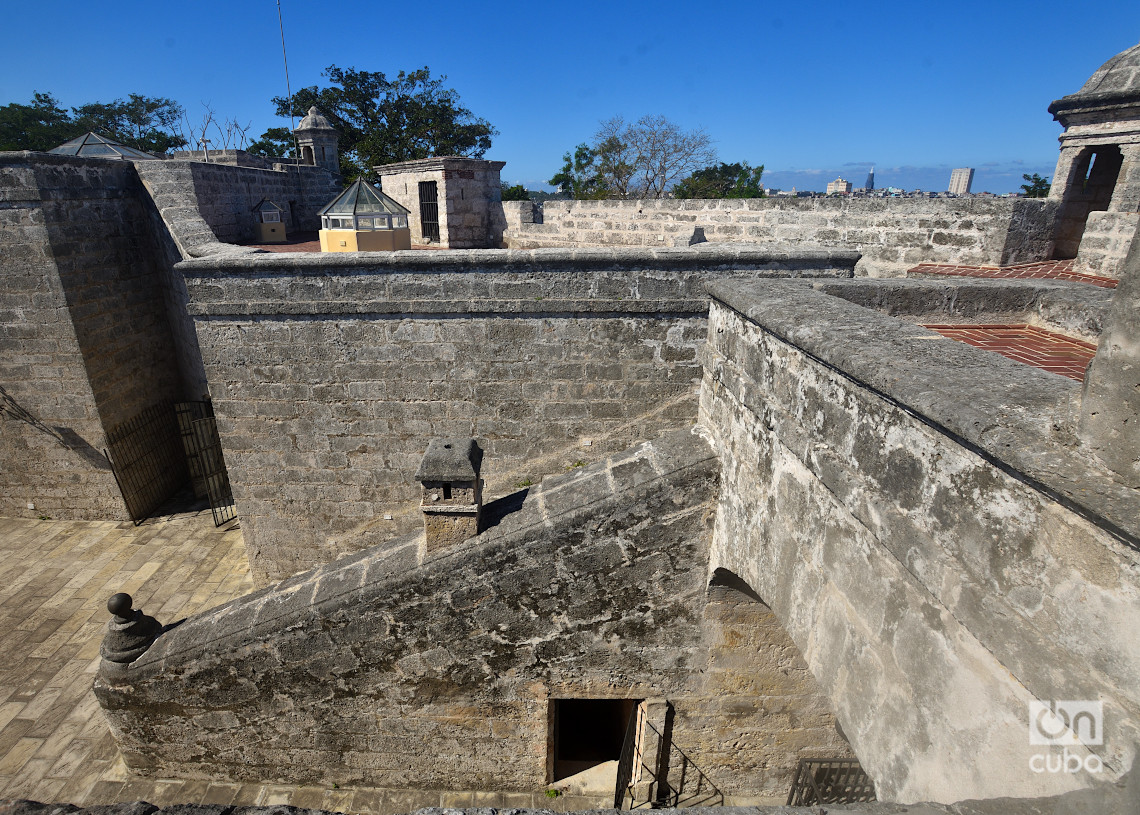
The castle is surrounded by a pit and has a small central arms square, surrounded by several constructions also fortified for the housing of the troops, store food and weapons, and for other services necessary for its operation.
On their roofs, about twenty cannons was located, while its location, in the lack of a hill also prepared by the builders, made it very difficult to climb or besiege by the enemy. Although the ships could reach the Ensenada, they could not reach the castle directly.
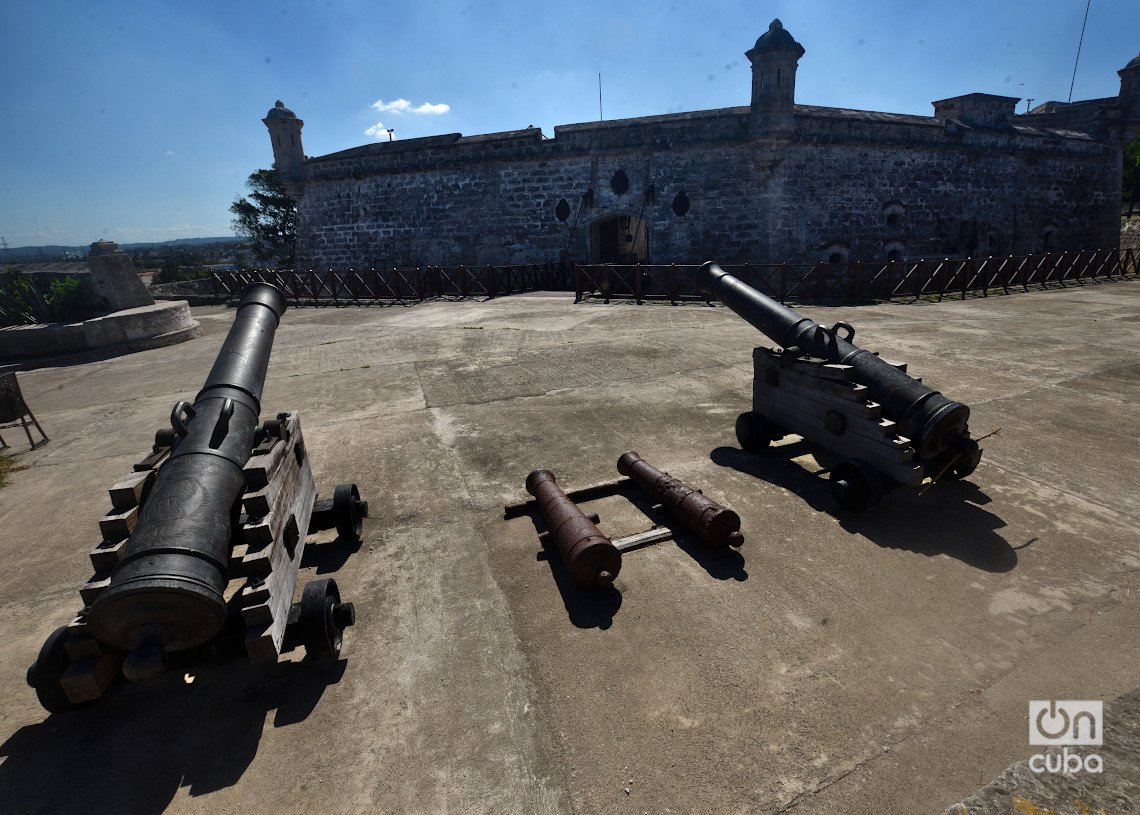
Atarés Castle never came into combat during the colony. After the arrival of the Republic he continued to have military functions and hosted the headquarters of the Presidential Guard. He would also be employed as a prison and was the scene of murders and torture during the dictatorship of Gerardo Machado.
After the fall of Machado, on November 8, 1933 he was occupied by elements contrary to the government of then President Ramón Grau San Martín. In response, he was bombarded by sea and land by forces of the Army and the Navy of Cuba, in the main war episode of its history.
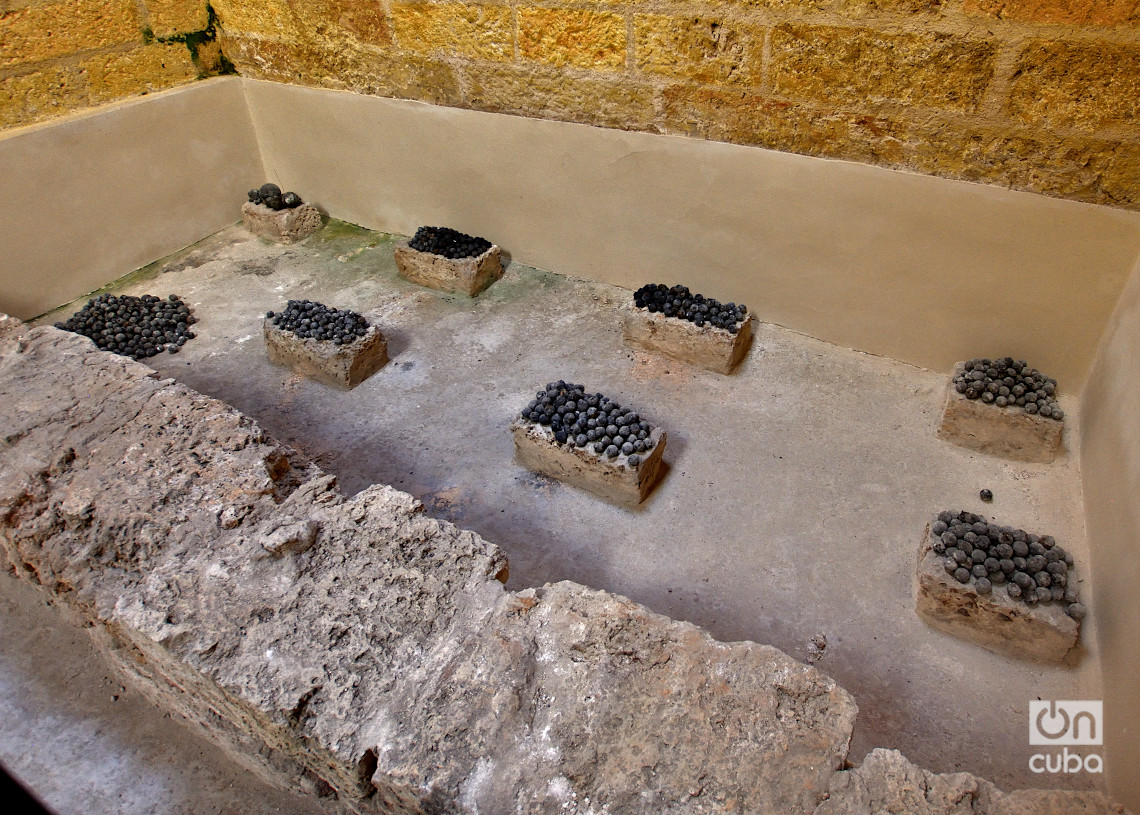
For many years, which extended after 1959, Atarés’ Castle remained in the possession of the army and suffered modifications. Finally, in 2013 he was delivered to the Havana historian’s office “in a fairly advanced state of depauperation, very attacked by the number of additions and elements outside the fortress”, according to The engineer Nestor Sad Rodríguez.
Then, a process of restoration and rehabilitation began, with Italian cooperation, which required a deep historical and archaeological research. During the works, original elements were rescued, necessary facilities were added, and historical vestiges and even human remains were found.
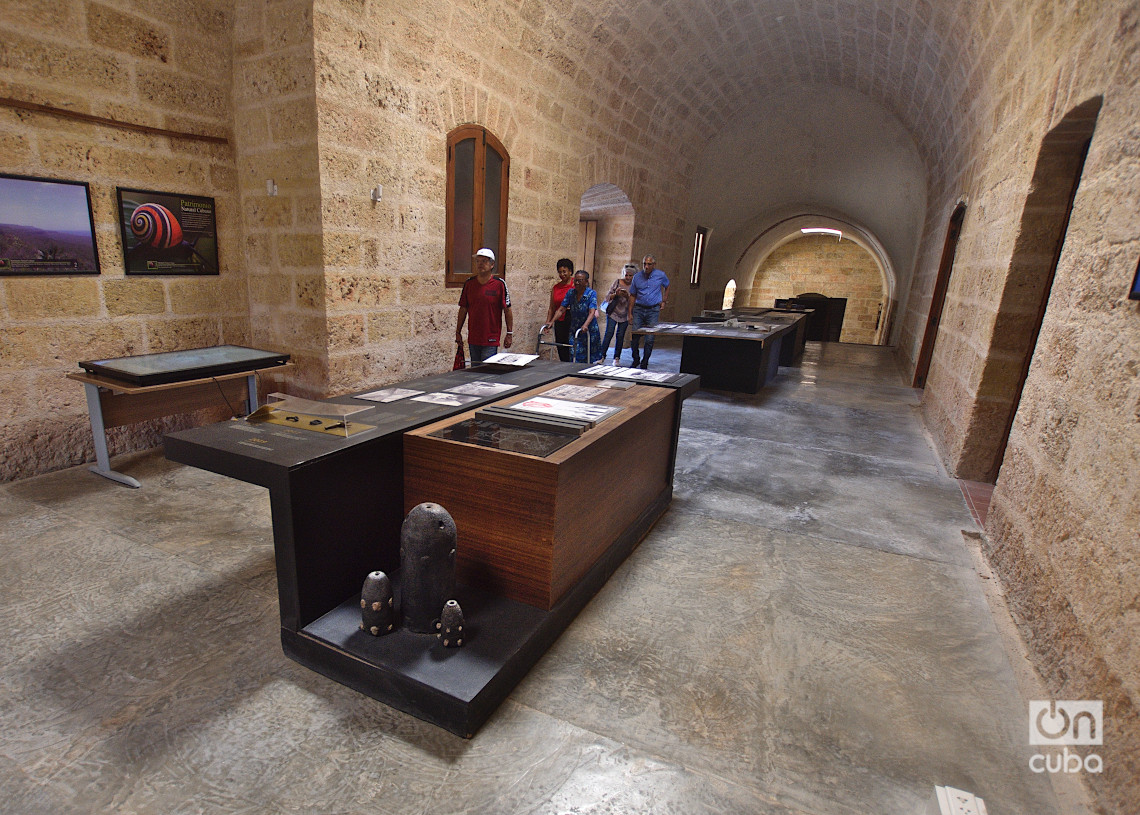
Finally, already restored, Atarés Castle reopened its doors in November 2019, as part of the celebrations for the 500 years of Havana. In Its inauguration The remembered historian of the Eusebio Leal city made one of his last public appearances, who was the main speaker of the act a few months before he died.
After its reopening, the castle has worked as a museum in which the history of the site itself is shown to the public. To this are added works by Leonardo da Vinci, donated by Italy and linked to military, fortifications and engineering issues. This offers a distinction within the Havana Museum System. We can see it on this Sunday thanks to the lens of our photoreporter Otmaro Rodríguez.
